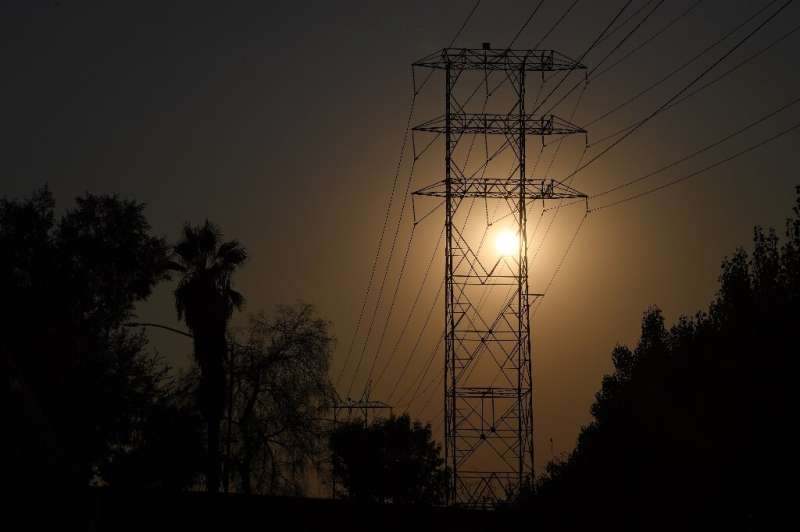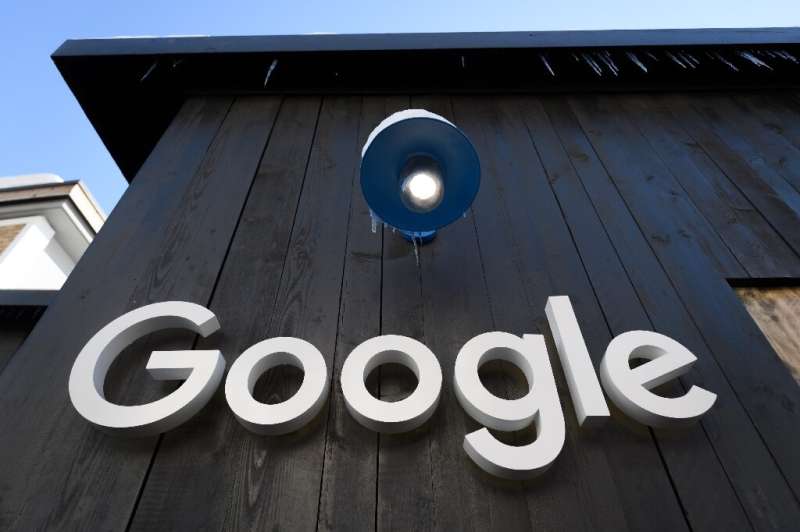Los Angeles and Google partner on 'Tree Canopy' project

Los Angeles and Google have struck a partnership to track canopy density in the huge metropolis to determine which neighborhoods need more trees as a means of fighting extreme temperatures.
Vegetation, notably tree canopy coverage, plays a key role in offering the kind of relief that Los Angeles needs: The city is the state's biggest urban heat island thanks in no small part to thousands of miles of roads and parking spaces.
A project with Google's new Tree Canopy Lab is making it "possible for us to quickly assess the areas of our city with the greatest population density and the fewest trees with the greatest heat," Mayor Eric Garcetti said in announcing the program on Wednesday.
"This is a powerful new tool, and we're the first city in the country to do this," he said.
The project is a big undertaking considering the city of four million people extends some 500 square miles (1,300 square kilometers) from the Pacific Ocean to the desert.
Temperatures in many areas of Los Angeles have broken records in recent years, going up into the triple digits.
And the warming isn't about to slow down.
By 2050, the number of days when downtown temperatures will soar above 95 degrees Fahrenheit (35 degrees Celsius) will triple, according to a study by the University of California Los Angeles (UCLA).
Tree Canopy Lab has already determined that more than half of Los Angeles residents live in areas with less than 10 percent tree canopy coverage and 44 percent live in areas with extreme heat risk.

Measure density
The project relies on aerial images collected from planes during the spring, summer and fall seasons as well as artificial intelligence developed by Google and Google Earth.
"We can now pinpoint all the trees in a city and measure their density," Google said in a blog post about the project.
"The imagery we use for these calculations includes color photos that closely represent how we would see a city from the sky," it added.
"To get even more detailed information about the city's canopy cover, near-infrared photos detect colors and details that human eyes can't see and compare images from different angles to create a height map," it said.
A specialized tree-detection algorithm is then used to scan images to produce a map that shows coverage density.
"With this tool, the city of Los Angeles doesn't have to rely on expensive and time-intensive manual tree studies which can involve block-by-block tree surveys, outdated records or incomplete studies which only count trees in public spaces," Google said.
City officials said they were keen on moving forward with the project to improve conditions for residents.
"Our partnership with Google has been a long time coming, and we're so excited that we have this resource for communities to be able to explore their neighborhoods, understand what the needs are and for us to be able to prioritize really quickly," said Rachel Malarich, Los Angeles' first-ever city forest officer.
The city aims to plant 90,000 trees by the end of 2021 and 20,000 each following year.
Google said it plans to apply the insights from the partnership with Los Angeles in hundreds of other cities.
© 2020 AFP




















